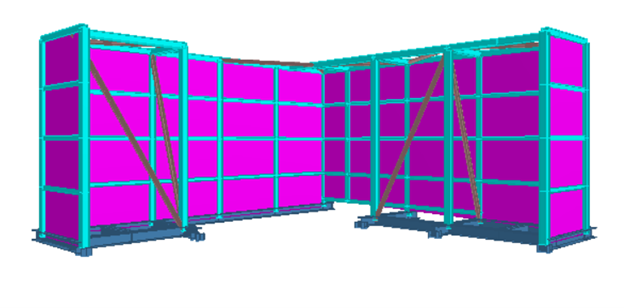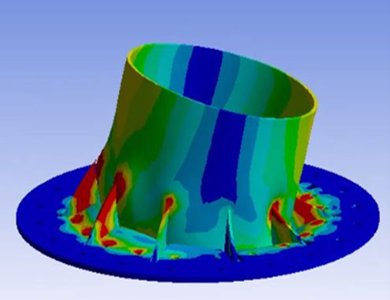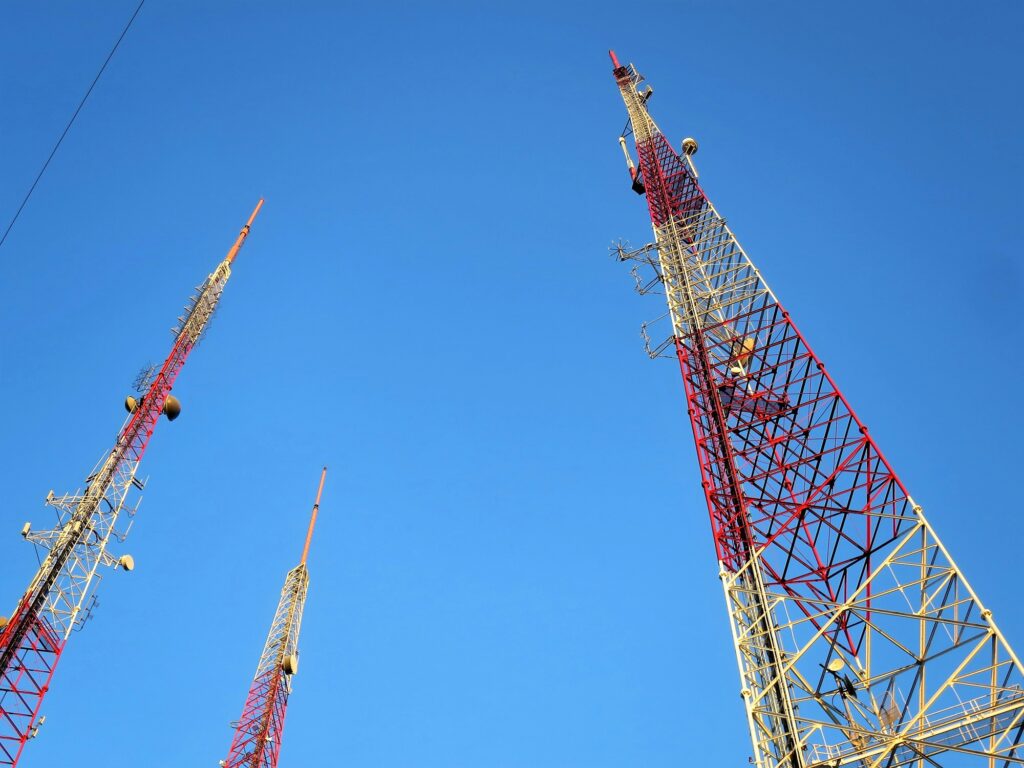Shroud/Screens for Telecoms Equipment
Can you make a telecommunications structure disappear? The answer is yes! Telecoms equipment isn’t always the most discreet addition to a building. Whether it’s to satisfy planning regulations, reduce visual impact, or protect sensitive equipment, shrouds/screens can play a crucial role. But not every site needs a shroud. So, when is it the right time […]
Shroud/Screens for Telecoms Equipment Read More »








